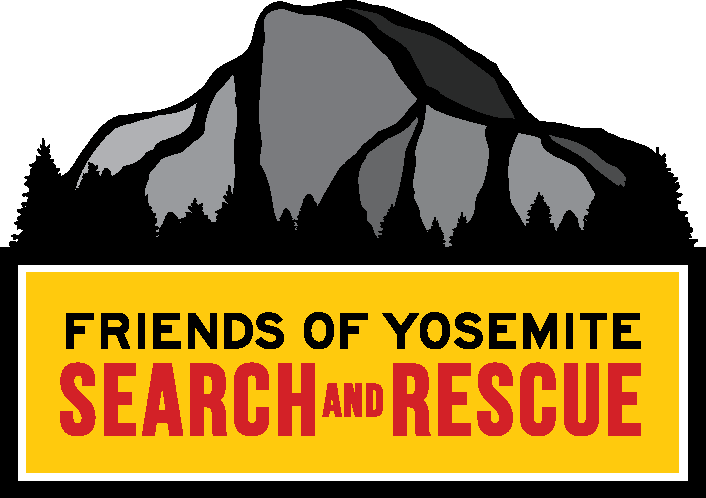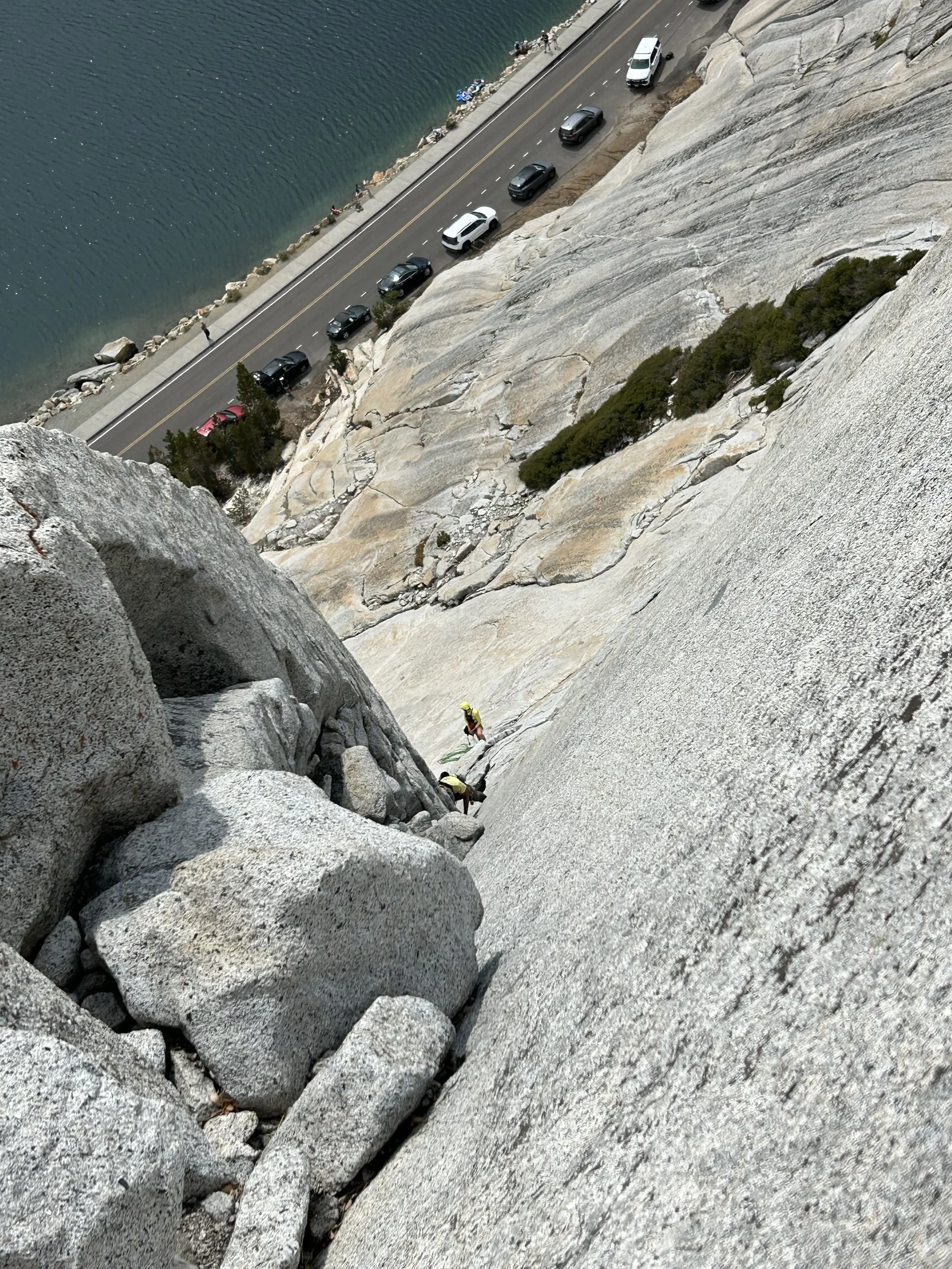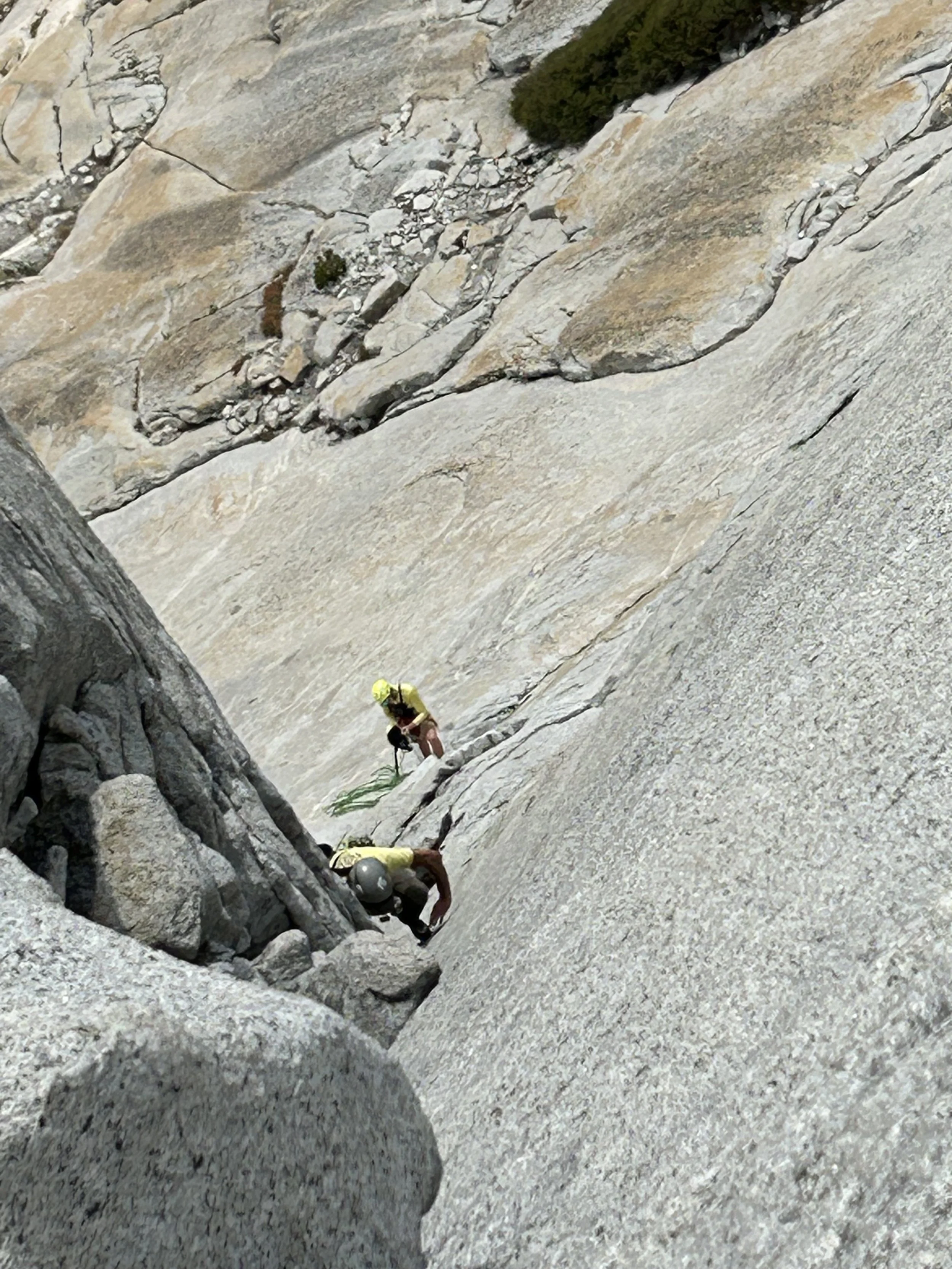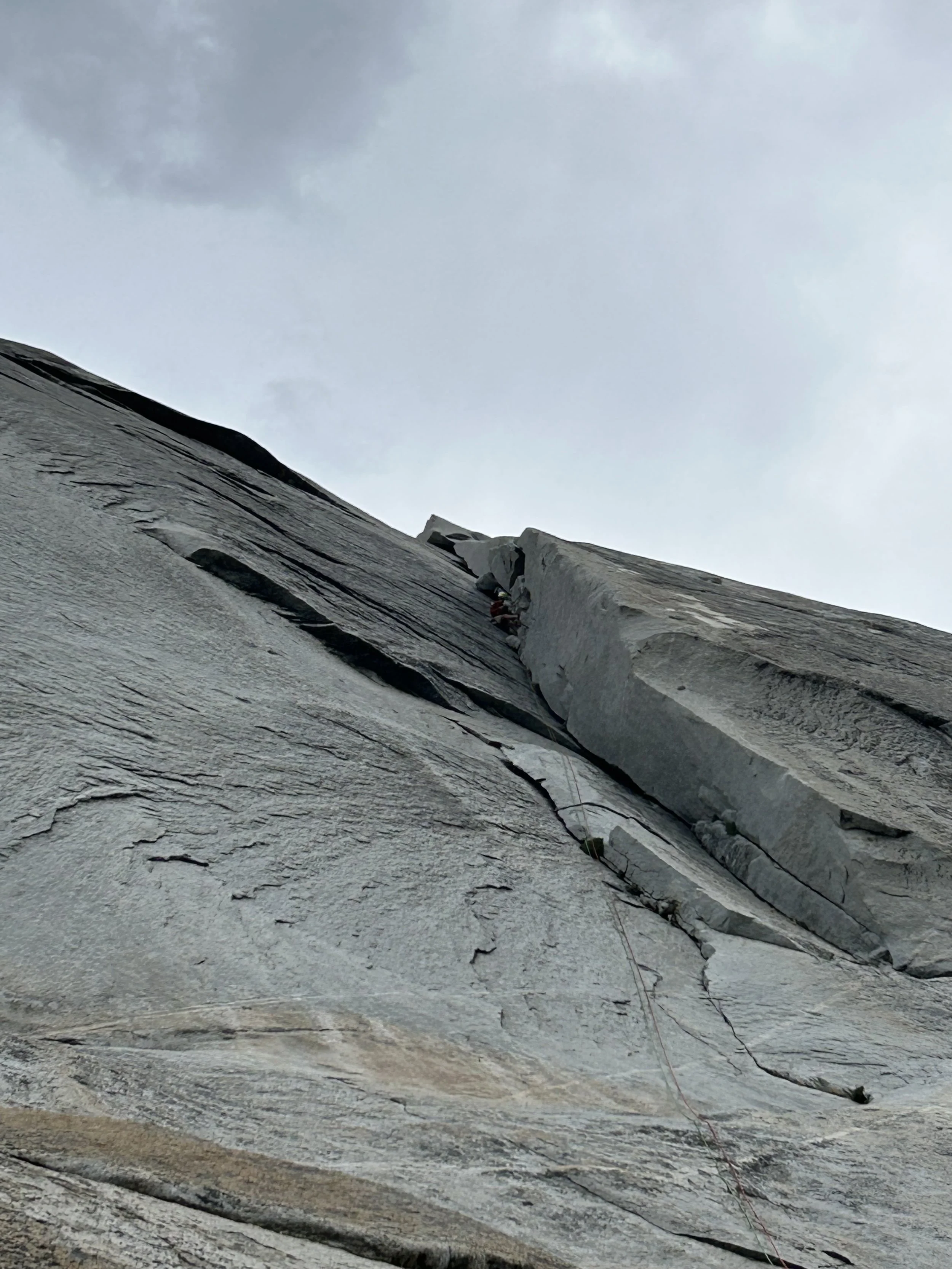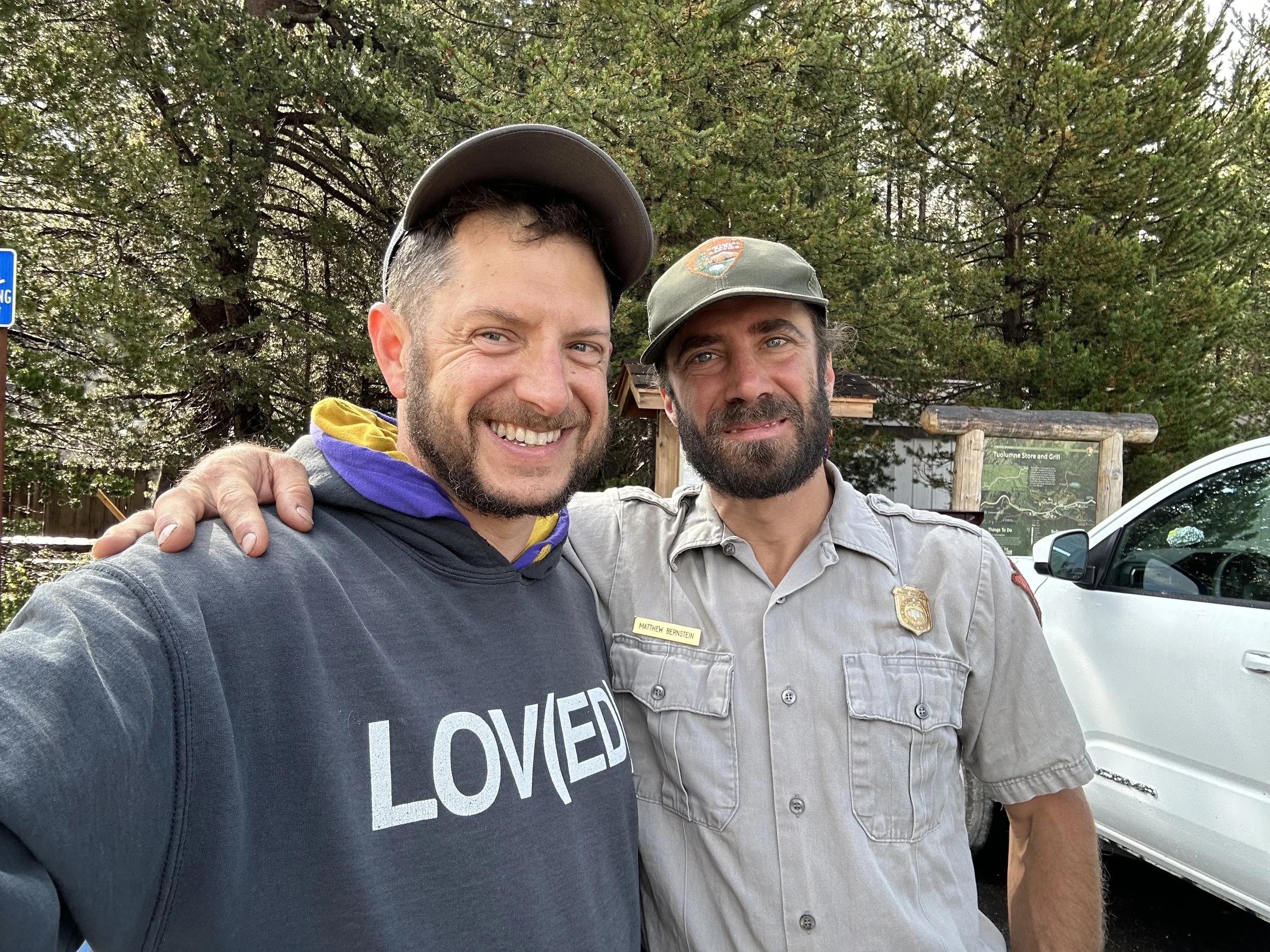Rescued on Stately Pleasure Dome: A Lesson in Grief, Risk, and Gratitude
Story and Images by: Ben Kumli
Friday, August 22, 2025 will forever stand out as one of the scariest days of my life. I had come to Tuolumne Meadows on a solo trip—partly to decompress before starting the fall semester at SFSU, and partly to honor my mom. She passed away suddenly in June from what doctors believe was a stroke or blood clot. Ever since, grief has been a heavy, constant presence in my life. This trip was meant to be a healing journey, a chance to return her spirit to the mountains she taught me to love.
A Strong Start
On Friday morning, I set out for Cathedral Peak, planning to solo the Southeast Buttress. I carried three liters of water, some food, and my well-worn climbing shoes. The climb went smoothly. I stood on the summit, scattered some of my mom’s ashes into the wind, shared a few words with other climbers, and felt at peace for the first time in weeks.
On the descent, I briefly considered scrambling up Eichorn Pinnacle but listened to the fatigue in my body and turned back. That decision was a blessing—I ran out of water on the hike out and felt woozy from exhaustion, lack of sleep, and the quick jump from sea level to 10,000 feet.
Still, the day ended well. I was sore but proud, ready for another route the next morning.
Ignoring the Signs
Saturday dawned gray and heavy. Rain was forecast unusually early—around 10 a.m.—but the skies looked calm as I packed slowly. I didn’t leave camp until nearly 10 and headed for Lake Tenaya. By the time I reached the base of Stately Pleasure Dome, clouds were already gathering.
My intuition told me not to go up. I ignored it.
I made another mistake: I didn’t bring water, thinking speed would keep me safe. My climbing shoes stayed in my pack; instead, I wore brand-new approach shoes. I carried only a granola bar, my mom’s ashes, and my phone. As the clouds thickened, I climbed faster, convincing myself I could beat the storm.
Caught in the Great White Book
A couple hundred feet up, the first raindrops hit. By the time I reached the corner of the Great White Book, the sky opened up. Thunder cracked overhead. Lightning flashed. Sheets of rain turned the polished granite slick and treacherous.
I wedged myself into a narrow chimney, my heart pounding. Just moments earlier, I had dropped my chalk bag into a crack—a small but sobering reminder of how quickly control can slip away. Now, I was trapped, clinging to a tiny ledge, the storm raging around me.
For nearly two hours, I shouted for help, rain soaking me to the bone.
The Rescue
YOSAR—Yosemite Search and Rescue—arrived like angels. Two rescuers, Matt and Noah, climbed up to me. They clipped me into a harness and helmet, rigged a rappel, and carefully lowered us to safety. Just as we began our descent, the storm unleashed its full force again.
Back at my car, I sat in silence as the rain pounded the roof. I had answered the ranger’s questions. The rescue team had moved on. Alone again, I thought about how close I had come to losing everything—and how fiercely I wanted to live.
What I Carried Home
This trip began as a way to honor my mom. I spread her ashes on Cathedral Peak, where the sky touches the earth. But in the end, I came home with more than grief. I came home with gratitude.
Gratitude for the rescuers who risked their safety for mine.
Gratitude for my partner, my two beautiful sons, and the community that surrounds me.
Gratitude for another chance to live, to teach, to love, to be present.
The mountains taught me a hard lesson that day: life is fragile, precious, and never guaranteed. My mom gave me a love for wild places, and in that storm, I felt her presence more than ever.
I went to Yosemite to grieve. I left with a renewed respect for life itself.
Ben K and his rescuer Matthew B.
Here are five key takeaways from your experience that anyone attempting a climb in the high country should keep in mind:
1. Listen to Your Intuition
If something feels off—whether it’s the weather, your energy level, or just a gut sense—don’t ignore it. The mountains will always be there, but your margin for error is razor-thin.
2. Respect Weather Windows
Storms can roll in faster than predicted, especially at high elevations. Early starts are essential. If the forecast says rain at 10 a.m., be off the route by then—not just starting.
3. Always Carry the Essentials
Even on “quick” climbs, bring water, proper shoes, a small first-aid kit, and extra layers. Cutting weight can cut safety. A single missing piece of gear can turn a manageable situation into a crisis.
4. Know Your Limits and Rest
Fatigue, lack of acclimatization, or emotional stress can all impair judgment and physical ability. Be honest about your condition before committing to a climb, and allow time to rest and adjust to altitude.
5. Be Prepared to Bail
Having the humility to turn around is as important as the strength to summit. A successful climb isn’t about topping out—it’s about coming back safely.
